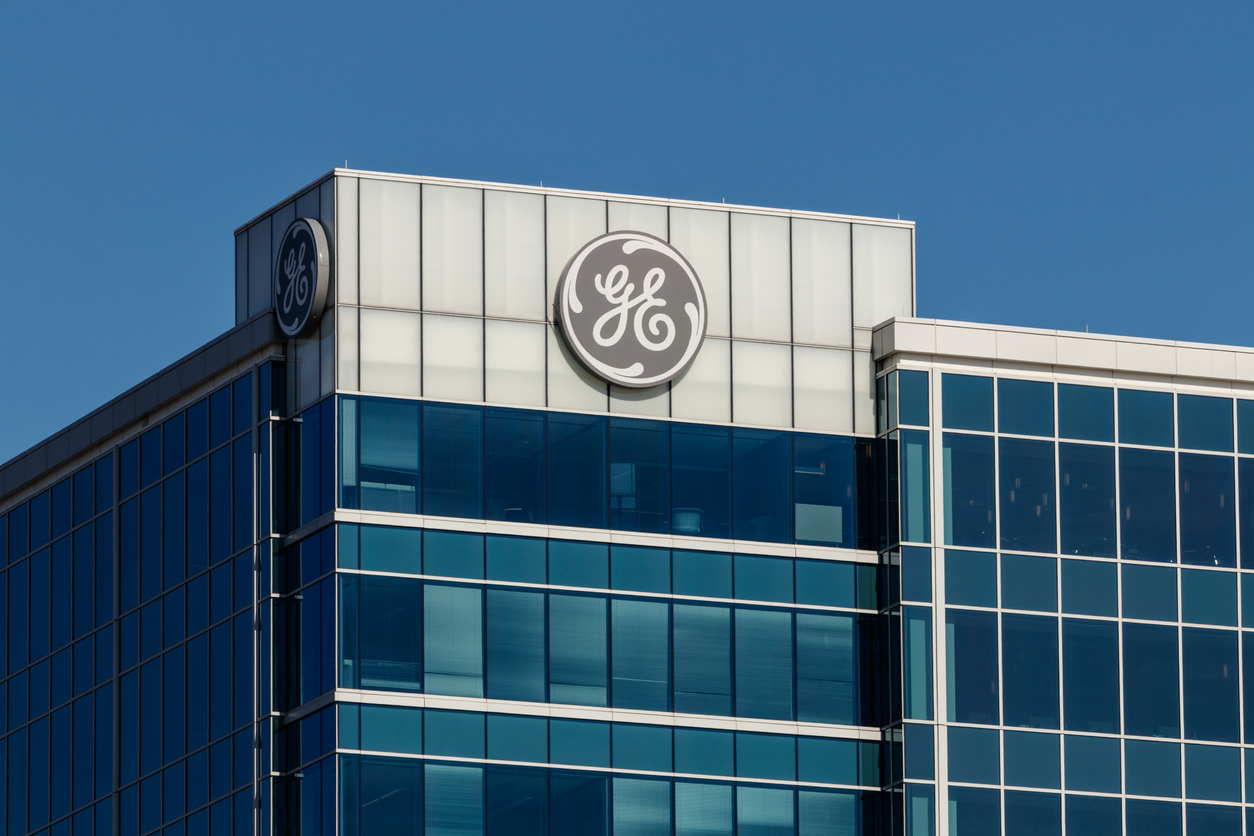- Saturday, July 27, 2024

By: India Weekly Staff
The General Electric’s (GE) proposal to share technology with India for fighter jet engines is a step in the right direction and both countries can work together to move forward on it, a top American military official said on Tuesday (21).
Secretary of the Air Force Frank Kendall also said that India and the US are working on an air information sharing agreement and it could be finalised very soon.
Kendall, currently on a visit to India, held talks with senior officials of the National Security Council Secretariat, the defence ministry and the external affairs ministry on a range of subjects relating to India-US defence ties. Asked about General Electric’s proposal to offer jet engine technology to India to power its indigenously-built fighter jets, he said it is in a way a “breakthrough”.
“The offer that General Electric has on the table for the engine technology, I think is in some ways a breakthrough, and I hope with India, we can work together to find a way to move that forward,” he said.
The secretary said there is a need to work through some processes on the proposal.
“Still it is a step in the right direction,” he said. India has been looking for manufacturing of jet engines in India under the framework of technology transfer to power its fighter aircraft. Kendall said the US-India defence partnership has been moving forward and there are scope for greater cooperation in diverse areas including in the space sector.
“We have very strong shared values as democracies, shared security concerns across a spectrum of security interests. We are expanding our relationship and I am delighted that the relationship has grown. India is a very valuable partner for us,” he said at a media briefing.
As secretary of the Air Force, Kendall is responsible for organising, training, and equipping the US Air and Space Forces and directs the Department of the Air Force’s annual budget exceeding $173 billion. He said the current global strategic situation has encouraged both sides to work together more vigorously and that like-minded countries need to respond to various threats.
The senior official said both sides are working on an air information sharing agreement. The pact is expected to facilitate sharing of information between the Indian and the US forces apart from cooperation in specific areas.
“We could expect that to be finalised very soon,” he said. To a question, he said India, the US and other partner countries are working towards ensuring peace and common prosperity in the Indo-Pacific. A number of things happening are designed to achieve those goals, he said. Asked about India’s plan to procure a fleet of fighter jets for its Air Force and the Navy and whether the US is keen to supply them, Kendall did not give a direct reply.
“India has its own requirements and it should decide what type of capabilities it needs in its fighter force. If American capabilities can meet these requirements, I think we are prepared to discuss those. There are opportunities as you mentioned for some of our existing fighters that may be suitable for India,” he said.
The Indo-US defence ties have been on an upswing in the last few years. In June 2016, the US designated India a “Major Defence Partner” paving way for sharing of critical military equipment and technology. The two countries have also inked key defence and security pacts over the past few years, including the Logistics Exchange Memorandum of Agreement (LEMOA) in 2016 that allows their militaries to use each other’s bases for repair and replenishment of supplies.
The two sides also signed COMCASA (Communications Compatibility and Security Agreement) in 2018 which provides for interoperability between the two militaries and provides for the sale of high-end technology from the US to India.
In October 2020, India and the US sealed the BECA (Basic Exchange and Cooperation Agreement) agreement to further boost bilateral defence ties. The pact provides for sharing of high-end military technology, logistics and geospatial maps between the two countries.
(PTI)